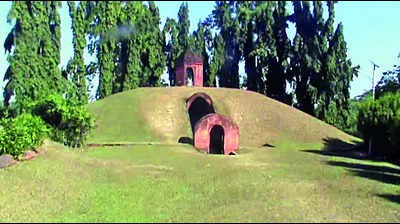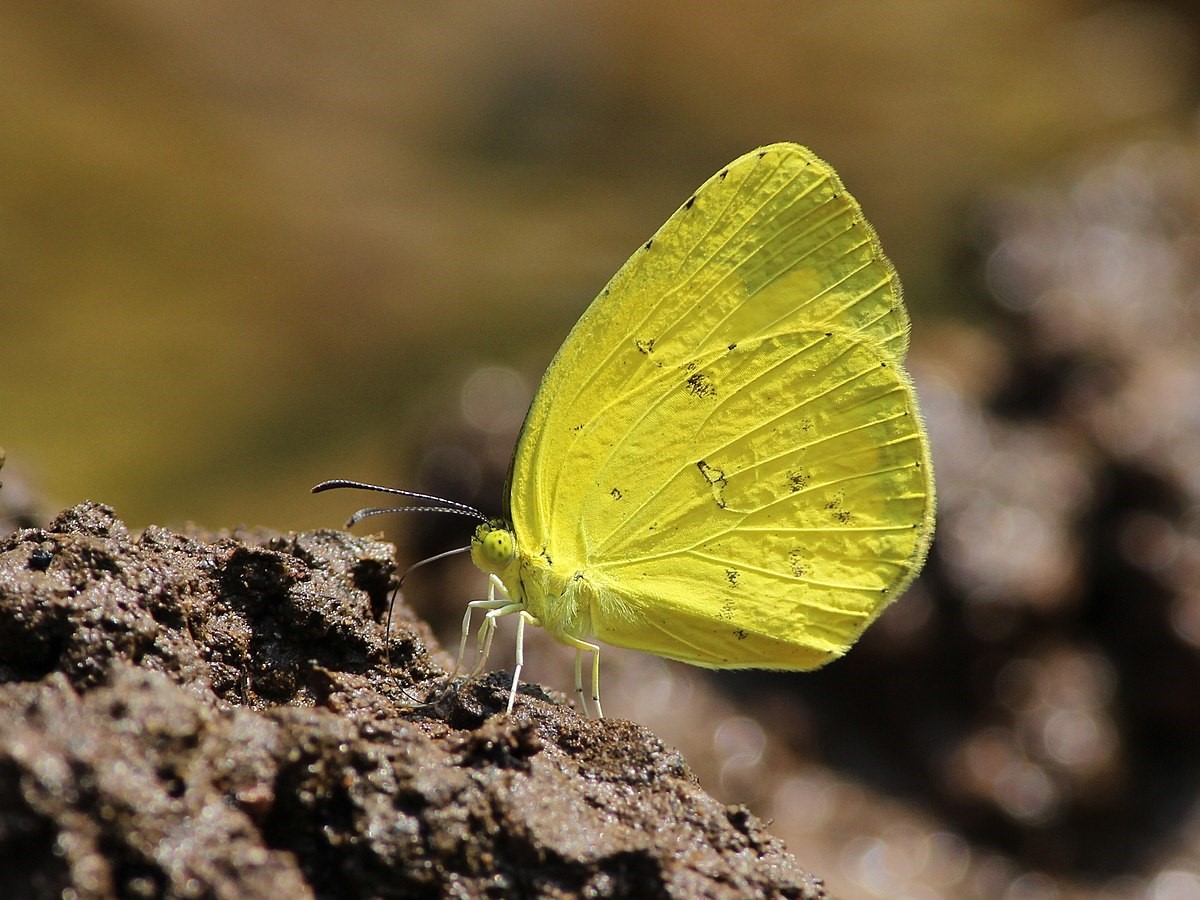The Drugs Consultative Committee (DCC) recommends banning the import, production, distribution, and sale of antibiotics.
The DCC functions as the advisory committee to the Central Drugs Standard Control Organization (CDSCO).
|
Chloramphenicol |
Nitrofurantoin |
|
|
Marine Products Export Development Authority (MPEDA), the nodal agency for the development of the seafood industry in India, especially focusing on exports of marine products.
|
Central Drugs Standard Control Organization |
|
References
The Moidams of Assam have been recommended for UNESCO World Heritage status by ICOMOS.
Moidams of Assam

References
Recently Bank of Baroda announced its board's approval to raise capital through Additional Tier 1 (AT1) and Tier 2 bonds.
A bond is a fixed-income investment that represents a loan made by an investor to a borrower, usually corporate or governmental.
|
Feature |
Additional Tier 1 (AT1) Bonds |
Tier 2 Bonds |
|
Definition |
AT1 bonds, also called perpetual bonds, carry no maturity date but have a call option. |
Tier-2 bonds are a type of debt instrument banks issue to raise capital for their operations. |
|
Ranking in Capital Structure |
Higher risk, subordinated to Tier 2 and other senior debts. |
Lower risk, subordinated to senior debts but senior to AT1 bonds. |
|
Coupon Rate |
Generally higher due to higher risk. |
Generally lower compared to AT1 bonds. |
|
Call Option |
Often callable by issuer after 5-10 year. |
Typically, callable by issuer after a specific period. |
|
Interest Payments |
Non-cumulative, can be skipped without default. |
Cumulative, cannot be skipped without default. |
|
Conversion to Equity |
Can be converted to equity if bank's capital falls below a threshold |
Not convertible to equity. |
References
For the first researchers have observed a significant migration of Common Grass Yellow at Mudumalai Tiger Reserve (MTR).

References
Vaccine hesitancy in major cities of Afghanistan and Pakistan is causing a resurgence of the poliovirus, posing a serious threat to the WHO's Global Polio Eradication Initiative.
Vaccines
|
Feature
|
Inactivated Polio Vaccine (IPV) |
Oral Polio Vaccine (OPV) |
|
Type |
Inactivated virus |
Live attenuated virus |
|
Administration |
Injectable |
Oral drops |
|
Immune Response |
Induces primarily humoral immunity |
Induces both humoral and mucosal immunity |
|
Global Use |
Used in countries where wild poliovirus is eradicated |
Used in countries where polio is endemic or recently eradicated |
|
Current Usage |
Used in polio eradication campaigns in developed countries |
Used extensively in polio eradication efforts globally |
References